|
If you write fiction, chances are your characters will be thinking. This article shows you several different ways of conveying what’s going on in their heads.
First off, there is no rule. Instead there are standard ways and not-so-standard ways of conveying thoughts in fiction.
Rules are problematic because they lead writers down a prescriptive road that can render their fiction difficult to read, and lacking in aesthetic on the page. Method 1: Quotation marks The Chicago Manual of Style (CMOS) has this advice (13.43: ‘Unspoken discourse’):
Thought, imagined dialogue, and other internal discourse (also called interior discourse) may be enclosed in quotation marks or not, according to the context or the writer’s preference. [...]
“I don’t care if we have offended Morgenstern,” thought Vera. “Besides,” she told herself, “they’re all fools.” This is undoubtedly my least-favourite option. I recommend you use the speech-mark style with caution. I can’t remember the last time I saw this approach used in commercial fiction coming out of a mainstream publisher’s stable. That doesn’t mean it hasn’t been, of course! I dislike it intensely, and many fiction publishers seem to be choosing other methods by preference, but those aren’t good reasons to avoid it. Your style is your choice. The best reason for avoiding it is that using speech marks could confuse your reader. The beauty of speech marks – or quotation marks – is that they indicate speech. When you put speech marks around a character’s thoughts, your reader will immediately assume they’re reading the spoken word. Look at the CMOS example above. Only when we hit thought Vera do we realize she’s not speaking at all. She’s thinking. Some authors might be tempted to use a different speech-mark style to indicate a thought. Again, this is confusing. Your reader might assume that you’ve not edited for consistency, as this example demonstrates:
“Jen, drop the knife. You’ll do yourself an injury.”
“No way. I’m not safe here, and nor are you.” Jen held the blade steady and looked around. ‘Crap. I need an exit,’ she thought. If, like me, you want something a little cleaner, something that won’t pull your reader out of the story because you led them down a speech-based garden path only to pull them up short at the gate, here are a few alternatives. Method 2: Italic text You can render your thoughts in italic text. For short thought streams, this is a common approach. Let’s return to the CMOS example and see what it looks like:
I don’t care if we have offended Morgenstern, thought Vera. Besides, she told herself, they’re all fools.
The advantages of this style are as follows:
However, some readers find that large chunks of italic strain their eyes. I’m one of them. I’m much more likely to skim over huge passages of italic because it’s not a pleasant reading experience. If that text is masking a clue, or a key character trait, information about an important event or something else that holds the plot together, it’s essential that the reader accesses it. Look at the Vera example again. There are two thought tags – thought Vera and she told herself – just to ram the point home that she’s thinking. Some readers and writers might consider two tags overkill, but they do help to break up the italic text and don’t jar as much as they might. But imagine if Vera’s thought stream had gone something like this:
I don’t care if we have offended Morgenstern, thought Vera. Besides, she told herself, they’re all fools. Those people at the bank, they don’t care a hoot for anyone but themselves. Like it’s their money they’re investing. We’ve trusted that bloody bank with our savings and look at what it’s got us. Nothing. Damn cheek. Vera put the letter back in the envelope and scowled.
That’s a lot of italic to get one’s retinas around. If you have a long stream of consciousness, you might prefer another method. Method 3: Normal body text This style forgoes speech marks and italic, and sticks to normal text. This is how it looks with the longer Vera example:
I don’t care if we have offended Morgenstern, thought Vera. Besides, she told herself, they’re all fools. Those people at the bank, they don’t care a hoot for anyone but themselves. Like it’s their money they’re investing. We’ve trusted that bloody bank with our savings and look at what it’s got us. Nothing. Damn cheek. Vera put the letter back in the envelope and scowled.
The advantage of this style is that it’s easy on the eye. However, some readers might be jarred by changes in tense. If your narrative is set in the past tense and set in the third person (as in this example with Vera) and you use the same text style for present-tense direct thoughts, then in a longer thought stream you could pull your reader out of the story. And if this happens frequently, your prose will be riddled with flip-flopping tenses that are at best frustrating and at worst confusing. Method 4: Free indirect style Another option is to use free indirect style (sometimes called free indirect discourse or free indirect speech). This style offers the essence of first-person thought but through a third-person viewpoint. The advantages of this style are as follows:
Let’s return to Vera to see how this works:
Vera didn’t care if they’d offended Morgenstern. Besides, they were all fools. Those people at the bank, they didn’t care a hoot for anyone but themselves. Like it was their money they were investing. Her family had trusted that bloody bank with their savings and look at what it had got them. Nothing. Damn cheek. Vera put the letter back in the envelope and scowled.
The free indirect style does keep the narrative distance close but it’s still not quite as immediate at the present-tense first person. So is there anything else we can do? Method 5: Mix it up A more creative option might be to combine direct and indirect thought styles. In the example below we begin with two sentences that use the italic style for the present-tense first-person thought, and we retain the thought tags to break up the text. Then we move into roman text but cast the thought stream in the free indirect style, which matches the main narrative: third-person past tense.
I don’t care if we have offended Morgenstern, thought Vera. Besides, she told herself, they’re all fools. Those people at the bank, they didn’t care a hoot for anyone but themselves. Like it was their money they were investing. Her family had trusted that bloody bank with their savings and look at what it had got them. Nothing. Damn cheek. Vera put the letter back in the envelope and scowled.
The advantages of this style are as follows:
Summing up As with many sentence-level decisions in fiction writing, rendering thoughts is about style choices rather than a single prescriptive rule. Choose the solution that fits your story best. This might mean making different decisions at various points in your novel depending on what’s going on. Consider combining approaches if you have longer thought streams and want to be sure of retaining reader engagement. And, finally, avoid speech marks when it comes thoughts. They’re called speech marks for a reason and are best reserved for talking and muttering! Cited works and related resources
Louise Harnby is a line editor, copyeditor and proofreader who specializes in working with crime, mystery, suspense and thriller writers.
She is an Advanced Professional Member of the Chartered Institute of Editing and Proofreading (CIEP), a member of ACES, a Partner Member of The Alliance of Independent Authors (ALLi), and co-hosts The Editing Podcast.
15 Comments
Repetition of key words and phrases in narrative and dialogue can make the reading experience laborious. There are times, however, when saying something more than once works beautifully. It’s time to talk about anaphora.
What is anaphora?
Anaphora is the deliberate repetition of words or phrases at the beginning of successive clauses for artistic effect. This literary device is often seen in poetic works and in speeches. It’s also common to see it in children’s books that have a rhyming element. Anaphora – rhythm, emphasis and emotional back doors First, repetition of words affects rhythm, which can evoke mood: monotony, boredom, excitement, frustration. Emotions transform a story from just words on a page to a reader experience. Plus, rhythmic writing is memorable and digestible, which helps your reader get under the skin of your novel. Second, anaphora can be used for the purpose of emphasis. We notice repetition and, while it can jar when not used purposefully, deliberate repetition helps your character or narrator to drive a point home. Third, anaphora is one of a range of tools that will help you keep your writing tight but emotionally rich. Repetition is used purposefully so that the reader understands what the character is feeling, but via a literary back door.
Anaphora and your fiction’s narrative
Reading isn’t just about ingesting words. It’s about experiencing a sense of place and mood. There are different ways in which a writer can help a reader engage with a character and their story. 1. You can tell them what a character’s feeling:
TELLING
Melanie felt angry and bored. She’d been sitting in the jobcentre for forty-five minutes, had watched the same old faces passing back and forth, but as usual her name hadn’t been called. 2. You can show them what’s being felt with action beats:
ACTION BEATS
Melanie scowled and tapped her fingers on the arm of the chair. The same old faces had passed back and forth but forty-five minutes had passed and no one had called her name. 3. You can nudge them by playing with the rhythmic structures, of which anaphora is one:
ANAPHORA
Forty-five minutes had passed. Melanie waited but no one had called her name. Same old faces, same old silence, same old story. None is wrong or right but relying on only one could render your prose dull. Experimenting with different techniques can enrich your narrative.
Anaphora and your fiction’s dialogue
We often use anaphoric constructions in everyday speech, and the fiction writer seeking to mimic that naturally shouldn’t fear using them in dialogue. Here are some examples:
EXAMPLES
Note how the repetition adds emphasis and heightens the emotion. Take example (1). The anaphora helps us to feel the character’s frustration and hurt. We don’t need an action beat or dialogue tag to tell us this. There’s no need for the narrator to interject with an explanation. We don’t even need to use italic to nudge the reader towards where the emphasis should be placed in our mind’s ear. The anaphoric speech does it all for us. Here are examples of how the passage might look with extraneous information:
REDUNDANT ADVERBIAL DIALOGUE TAG
‘Every time you mention his name, every time you pick up that photograph, every time you recall some place you visited together, you’re telling me I’m second choice,’ said Ash, frustrated. REDUNDANT NARRATION Ash felt frustrated and hurt. ‘Every time you mention his name, every time you pick up that photograph, every time you recall some place you visited together, you’re telling me I’m second choice.’ REDUNDANT ITALIC EMPHASIS ‘Every time you mention his name, every time you pick up that photograph, every time you recall some place you visited together, you’re telling me I’m second choice.’ Used purposefully, anaphora can help writers declutter their dialogue. Readers don’t just focus on the words in the conversation: they also do their own emotional imagining. That can be a more rewarding way of engaging with the story than being told what the character must be feeling. Anaphora, memorability and overuse Anaphoric constructions are rhythmic, which makes them memorable. That’s why politicians employ them in their speeches when they’re trying to rally the masses, and why children’s book authors use them to help young readers engage with their stories. Look how Julia Donaldson uses it to gorgeous effect in The Magic Paintbrush: Still, in a novel, that memorability can work against the writer. If you overuse deliberate repetition, it could become an irritant instead of an engagement device. Readers will view it as a writing pattern, not a writing tool. As with any literary device, think about peppering rather than littering your prose with anaphora. That way, you maximize the impact. It becomes just one literary device among others that makes your prose interesting. When repetition isn’t a literary device Sometimes an author can get so carried away with writing that they don’t notice they’ve repeated words. This can make the prose clunky to read. After your first draft, revisit what you’ve written. You might even like to read it out loud or play it through an onboard narration tool on your computer. Anaphora is deliberate repetition. It serves a purpose – to evoke emotion, drive emphasis, or nudge readers towards their own emotional imagining. If multiple uses of a word or phrase aren’t serving artistry, recast the sentence.
ACCIDENTAL REPETITION
Jim sat in the big black leather office chair behind a large walnut-veneered office desk of the director’s office at PharmaCo HQ. It was his second home. POSSIBLE RECAST Jim sat in a large black leather chair behind a walnut-veneered desk. This was PharmaCo’s managing director’s office and Jim’s second home. ANAPHORA Jim sat at the desk in his office … the office that had been his second home for three years. The office where he’d sacked half the PharmaCo workforce just to keep the company afloat. The office that held enough sordid secrets to bury anyone who stood in his way. Summing up Anaphora is one device among several that has a place in the novelist’s toolbox. I’m not advocating removing description or action beats – not at all. Rather, I’m suggesting you might like to experiment with anaphora here and there in your fiction. If you enjoyed this post, check out my other articles on sentence-level mastery.
Louise Harnby is a line editor, copyeditor and proofreader who specializes in working with crime, mystery, suspense and thriller writers.
She is an Advanced Professional Member of the Chartered Institute of Editing and Proofreading (CIEP), a member of ACES, a Partner Member of The Alliance of Independent Authors (ALLi), and co-hosts The Editing Podcast.
If you’re struggling to decide what to call your new editing or proofreading business, here’s a 6-step framework to set you on the right path.
Deciding what to call your editing or proofreading business is part of the BRANDING process and needs careful consideration. Follow these steps to work out what’s right for you.
Step 1: Brainstorm a list of possible business names Let your imagination fly. Put your silly hat on. Then your serious one. Then your smarty-pants one. Anything goes at this point. This is all about you and what floats your boat. There’s no wrong or right – just ideas. For demonstration, let’s imagine a new proofreader called Basil Rhoueny. Basil is trying to decide on a business name and comes up with the following ideas: 1. Basil Rhoueny | Academic Proofreading Services 2. Basil Rhoueny Editorial 3. Bulletproof Editorial 4. Comma Sutra 5. Full-proof Editorial Services 6. Norfolk Editorial 7. Perfect Prose 8. Responsible Editing
Step 2: Identify target clients
The next step is for Basil to identify his target clients. If he doesn’t know who he wants to work for, he can’t create a message that compels them – via his business name, his mission statement, his elevator pitch, his web copy, or any other marketing materials. And if he doesn’t have a compelling message, why would anyone choose him over any one of the tens of thousands of colleagues who are also offer editing services? ‘I’ll edit and proofread anything for anyone’ isn’t a standout proposition. Basil needs to do better. Even if an editor is prepared to be something of a generalist, I recommend talking like a specialist when communicating with different client groups. On our websites, that means giving visitors signals so that they can navigate to specialist messaging on different pages that focus on solving group-specific problems. Some people know who they want to work for right from the get-go. Some have no clue. Some think they do, but seven years ahead find that they’ve completely shifted their client base. We’ll deal with that issue in Step 6. For now, let’s imagine that Basil thinks his editorial training, educational background and former career make him best suited to the following client groups:
Identifying these groups will help him with Steps 3 and 4.
Step 3: Identify core brand values
A brand can be loosely defined as what others think about us – external perceptions. A brand identity is the distinctive business persona we present that nudges target clients to notice the things that we want them to notice. It’s what allows us to influence those external perceptions. Brand values are the essence of our brand identity. They represent the kind of editorial pro we want to be seen as – the things we stand for, what we’re passionate about, what makes us tick, why we’re different. Our business name, photographs, colour palette, web copy and marketing materials should reflect our brand values so that the clients we’d most love to work with will most love to work with us. It’s no small thing to develop a brand identity. If you need help, I have an online course called Branding for Business Growth that can help you develop an emotion-based business brand identity. Let’s imagine that Basil has identified the following brand values that he wishes to convey at every touchpoint of his business:
Identifying these brand values will help him with Step 5.
Step 4: Serving the client
In this step, Basil revisits his list of business-name ideas and considers whether they’re appropriate for his target client groups: academic publishers, students and independent academics. 1. Basil Rhoueny | Academic Proofreading Services 2. Basil Rhoueny Editorial 3. Bulletproof Editorial 4. Comma Sutra 5. Full-proof Editorial Services 6. Norfolk Editorial 7. Perfect Prose 8. Responsible Editing He asks himself the following questions:
Names (1) , (2) and (8) best reflect exactly what he’s offering. Names (3), (5) and (6) are next in line, though they’re less specific. Name (4) alludes to sentence-level editing work, and some will think it amusing. However, Basil wonders whether some of his non-fluent English-speaking clients will get the joke and bypass him. Name (5) is a problem – there’s an existing established business called Full Proof | Professional Proofreading Solutions. Names (4) and (7) give him cause for concern regarding their searchability. It’s likely that the words ‘proofreading’ or ‘editing’ or ‘editorial’ will be searched for by potential clients. It’s far less likely that someone will search for ‘comma sutra’ or ‘perfect prose’ if they need proofreading assistance, though they are distinctive. Name (6), however, might be great for being found in the search engines by local clients. Basil decides to remove Comma Sutra, Full-proof Editorial Services, and Perfect Prose from the list of contenders. Now he turns to the branding issue.
Step 5: Serving the brand
In this step, Basil revisits his list of business-name ideas and considers whether they’re good brand practice. His remaining names are: 1. Basil Rhoueny | Academic Proofreading Services 2. Basil Rhoueny Editorial 3. Bulletproof Editorial 6. Norfolk Editorial 8. Responsible Editing He asks himself the following questions:
Basil has an unusual name. If he’d been called John Smith, he might have been easy to confuse with other editors called John Smith, at least in the West. However, either of his remaining business names would work. There is, however, a good chance that his name might be misspelled. Is this something he needs to worry about if people are searching for him by name? This could be an issue if he’s referring someone to his website by phone, or if a word-of-mouth lead is trying to find him. Here’s a test. Type ‘louise harby editor’ or ‘louis hornby proofreader’ into the search engines. Can you find me? I can find me! I’m not convinced that tricky-to-spell names are as problematic as we might think. Back to Basil. Name (3) is at odds with the sentiment of BV-Green Editor. This brand value seeks to nudge potential clients towards thinking of Basil as compassionate, respectful, broad-minded, ethical, warm … someone who can see the bigger picture. The word ‘bullet’ might bring to mind thoughts of violence, death, harm and brutality. It’s potentially a negative nudge rather than one that evokes positivity. Name (6), while potentially clickbaity for local searches, doesn’t sit so well with BV-Globalist. Basil would be happy to work with local clients, but he’s not sure he can build a sustainable business on this alone. Name (8) has a definite though subtle nod to BV-Green Editor. He elects to remove Bulletproof Editorial and Norfolk Editorial from the list of contenders.
Step 6: Think ahead but don’t get bogged down
Can any of us be absolutely sure that what we want to do now is what we will want to do in the years ahead? Choosing a business name requires us to think ahead, but also to be true to who we are and what we’re offering in the present time. In case you didn’t spot it, Basil’s name is an anagram of mine. When I set up my business in 2005, I was a dedicated proofreader who specialized in working for social-science publishers. If you’d told me back then that by 2016 I’d be specializing in line- and copyediting for indie fiction authors, I’d have been a tad surprised. But that’s exactly what happened. My original business name was Louise Harnby | Proofreader. My URL was and still is: www.louiseharnbyproofreader.com. My business name now is Louise Harnby | Proofreader & Copyeditor. It wasn’t actually a big deal to add an ampersand and the word ‘copyeditor’ into my business name and didn’t affect my findability in the search engines. Would it have if I’d changed it to Louise Harnby | Fiction Editor, or Fabulous Fiction Editing, or something else? Possibly, but Google Search is a tricky beast to master and shifts the goalposts often in a bid to thwart those who’d use black-hat SEO techniques rather than genuine attempts to be interesting and discoverable online. Basil is left with choosing between the following:
There are good arguments for the SEO-friendliness of the first two, and the flexibility of the third. My view is that any would work because they are true to his business’s brand identity in different ways.
What’s right for you?
Basil’s brand identity and your brand identity will not be the same because you and Basil are individuals, each with your own businesses, ideal clients, goals, hopes, dreams and passions. The decisions you make will therefore be different to the one Basil makes. That’s fine. Will there be a perfect solution? Unlikely. There will be choices to be made.
What’s important is that you choose a business name that you feel comfortable with: one that reflects your brand identity and nudges your ideal clients towards an awareness of the kind of editor you are and why you’ll be a great fit with them; one that alludes to what you do. Here are just a few of my favourites:
It’s likely your choice will not be clear cut. Try not to get bogged down by that. Business names alone will not make you visible or discoverable. The compromises you make can be offset by other business-promotion activities that strengthen your online presence. Happy naming!
Louise Harnby is a line editor, copyeditor and proofreader who specializes in working with crime, mystery, suspense and thriller writers.
She is an Advanced Professional Member of the Chartered Institute of Editing and Proofreading (CIEP), a member of ACES, a Partner Member of The Alliance of Independent Authors (ALLi), and co-hosts The Editing Podcast. Visit her business website at Louise Harnby | Fiction Editor & Proofreader, say hello on Twitter at @LouiseHarnby, connect via Facebook and LinkedIn, and check out her books and courses. |
BLOG ALERTSIf you'd like me to email you when a new blog post is available, sign up for blog alerts!
TESTIMONIALSDare Rogers'Louise uses her expertise to hone a story until it's razor sharp, while still allowing the author’s voice to remain dominant.'Jeff Carson'I wholeheartedly recommend her services ... Just don’t hire her when I need her.'J B Turner'Sincere thanks for a beautiful and elegant piece of work. First class.'Ayshe Gemedzhy'What makes her stand out and shine is her ability to immerse herself in your story.'Salt Publishing'A million thanks – your mark-up is perfect, as always.'CATEGORIES
All
ARCHIVES
July 2024
|
|
|
|


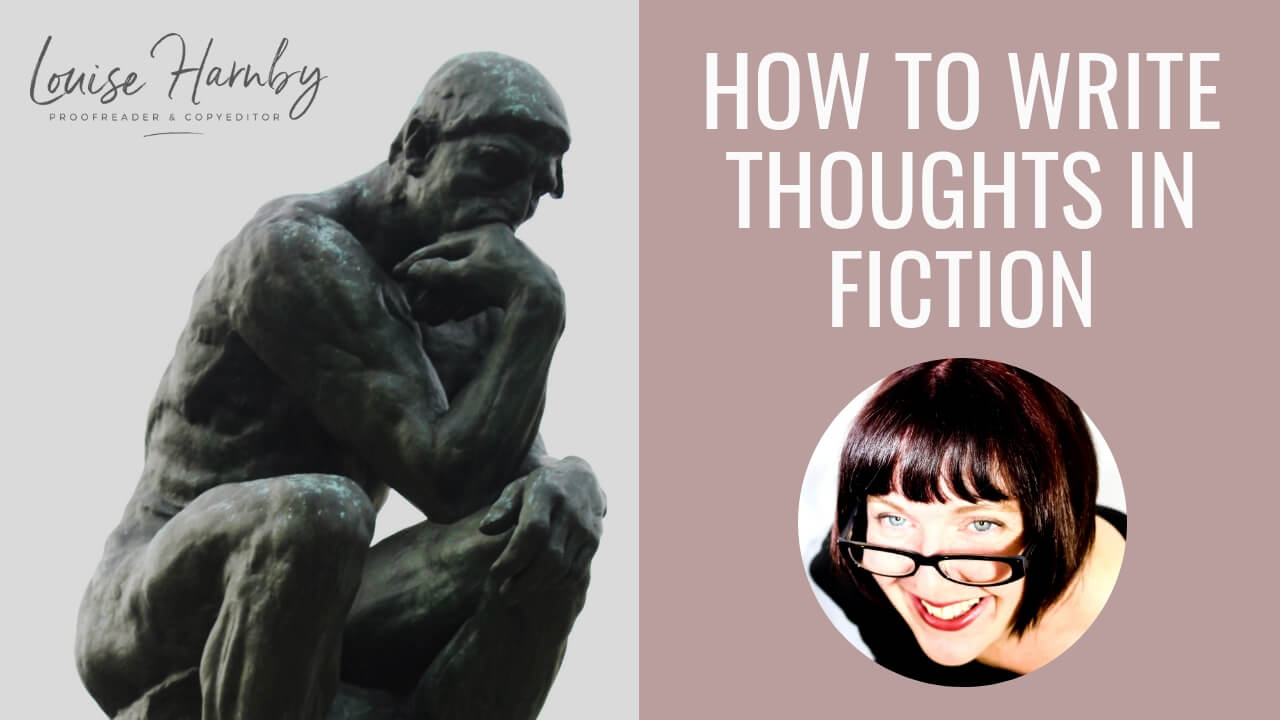
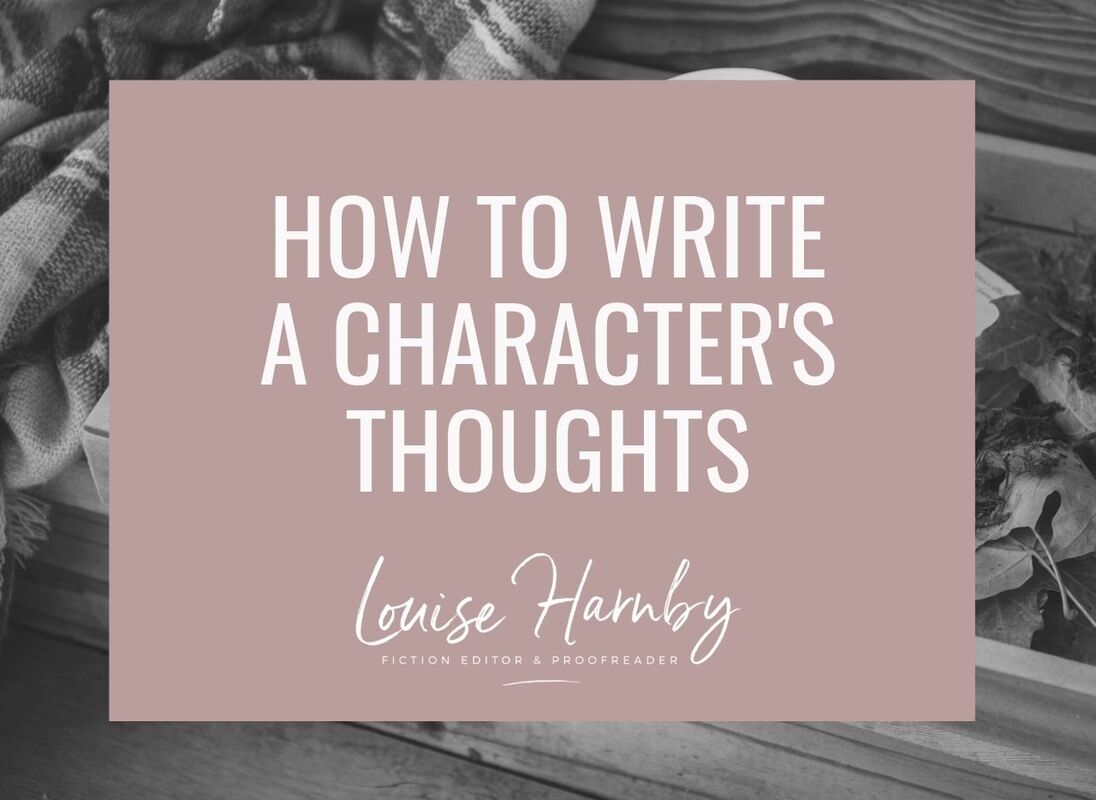
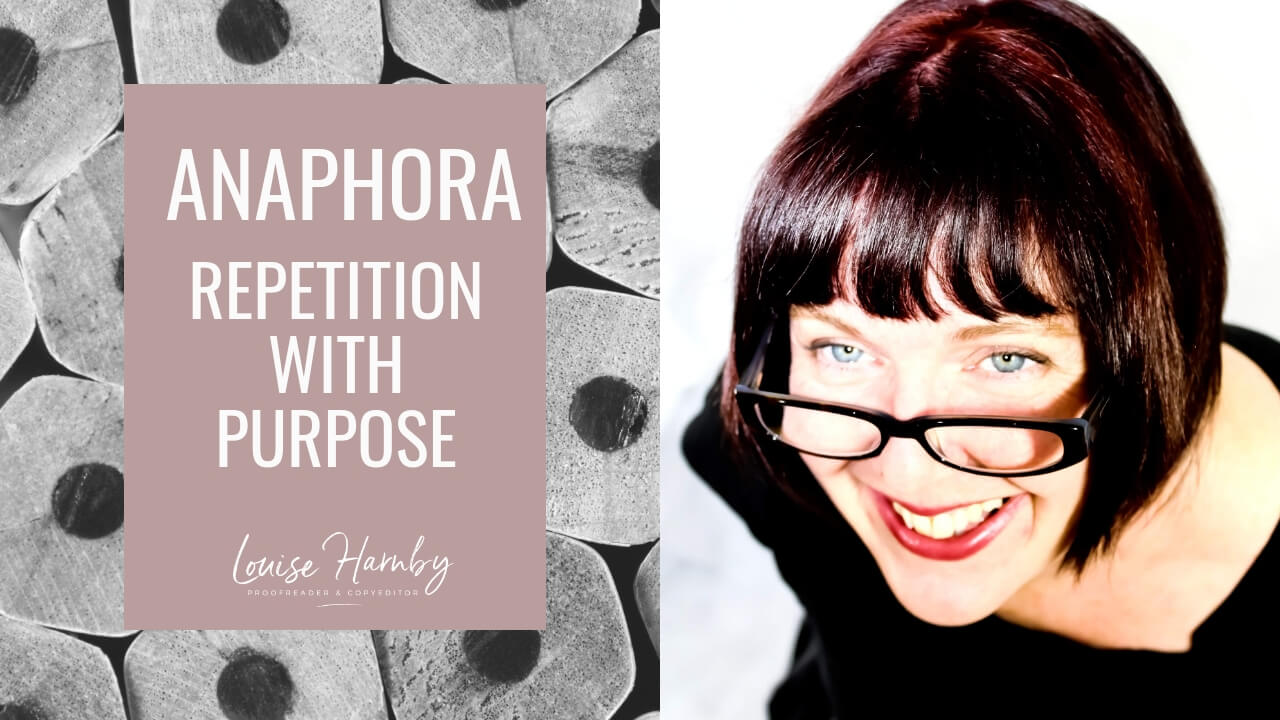
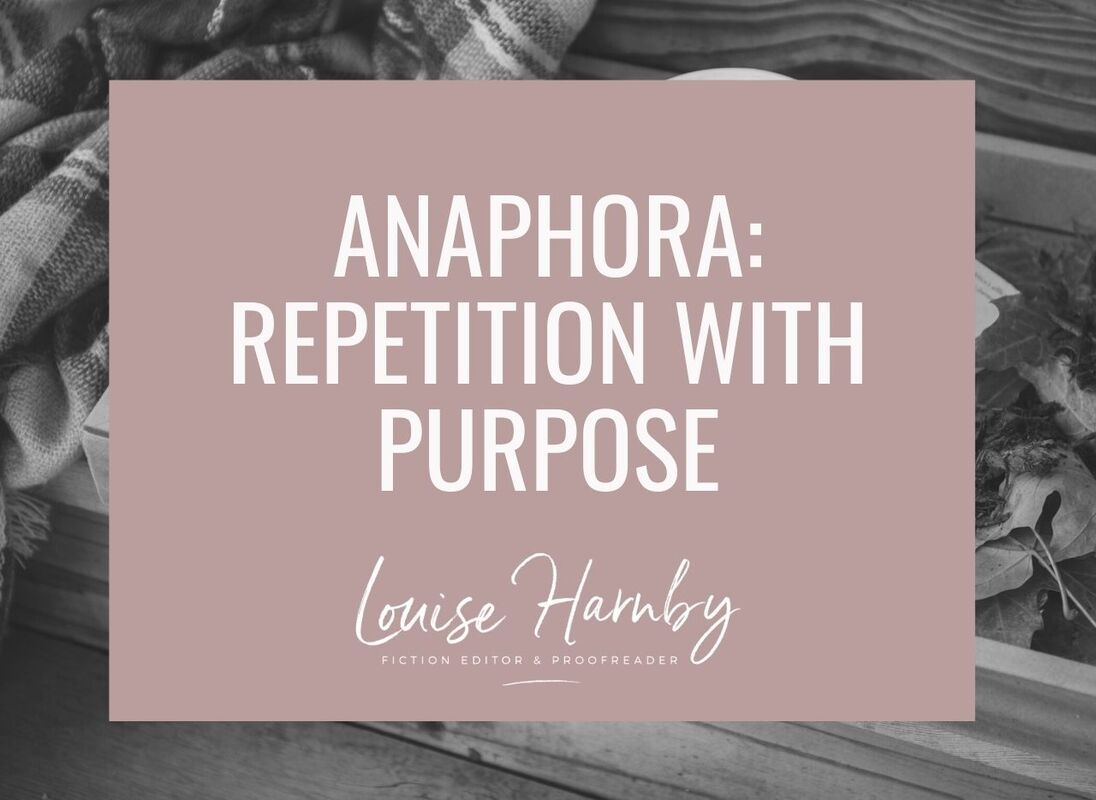
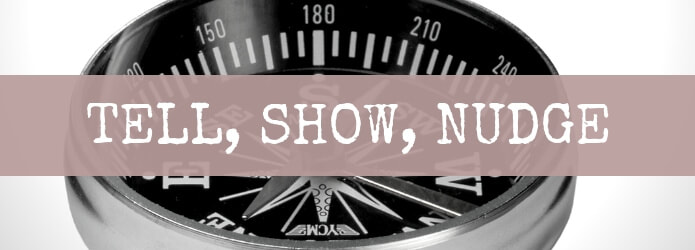

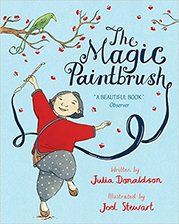
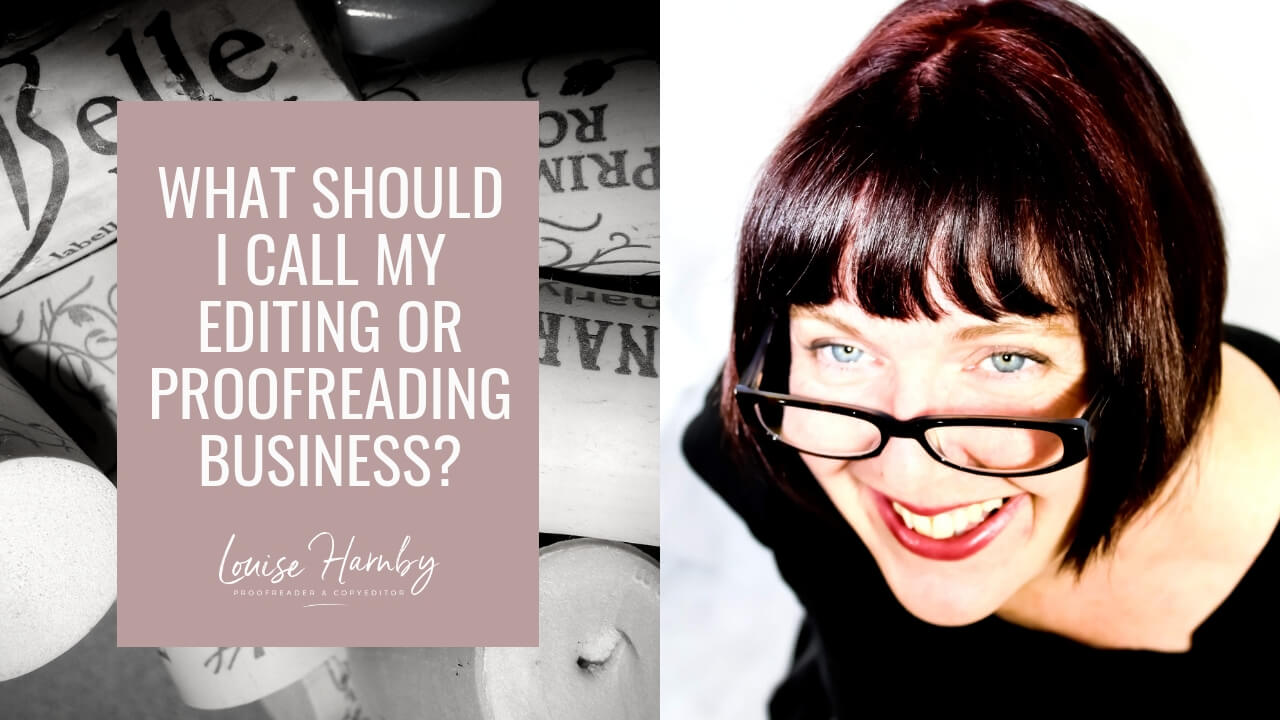
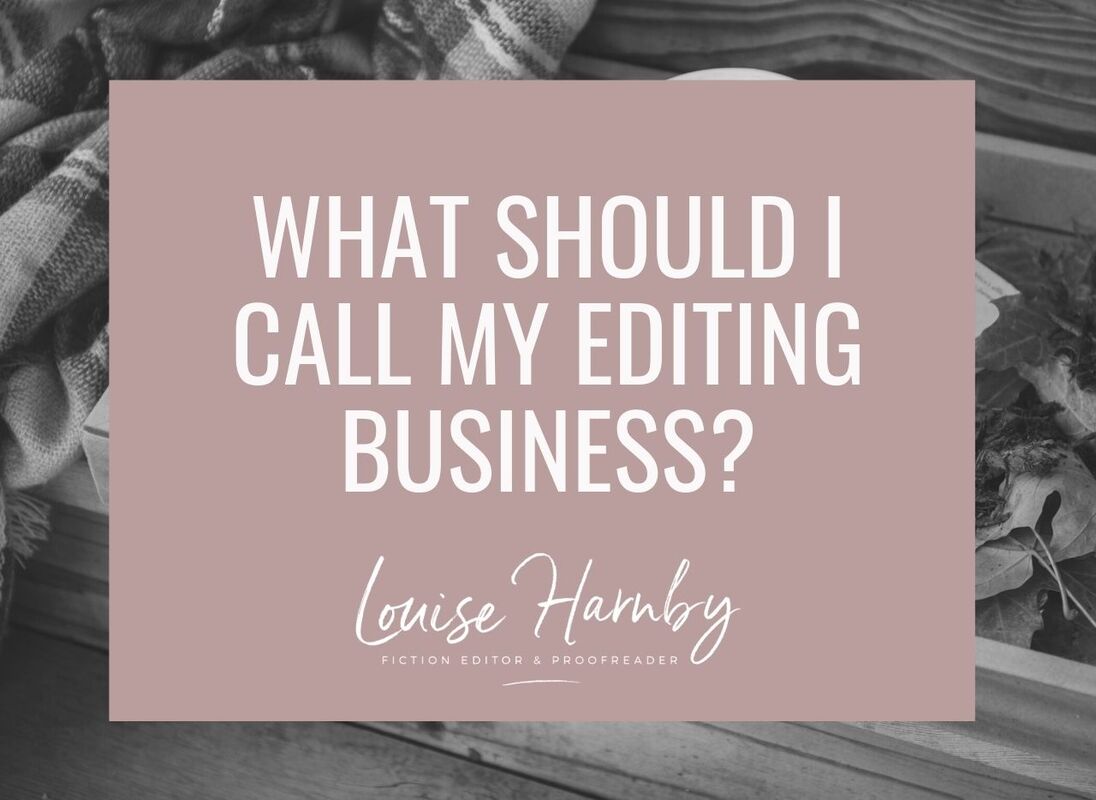



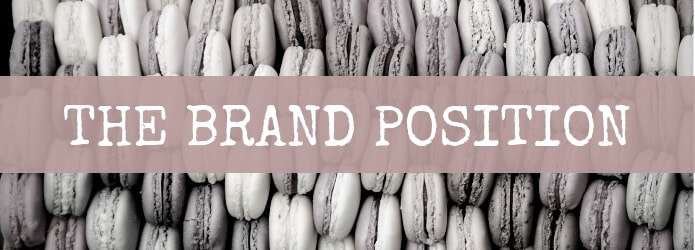













 RSS Feed
RSS Feed





